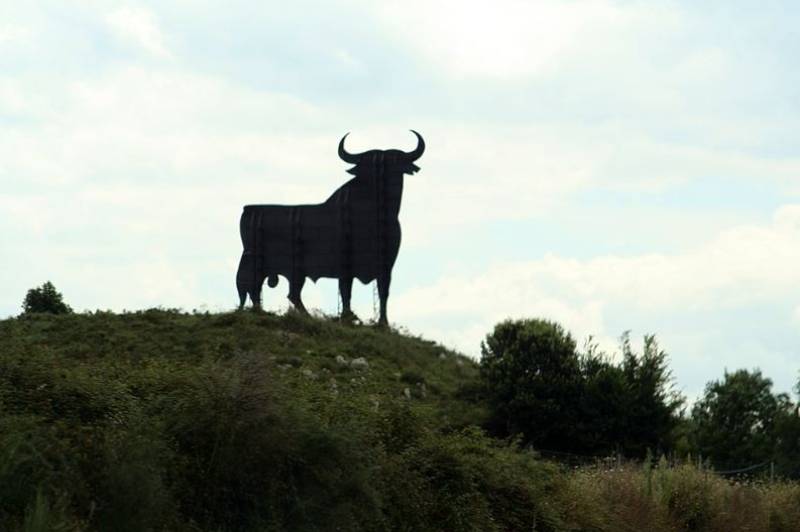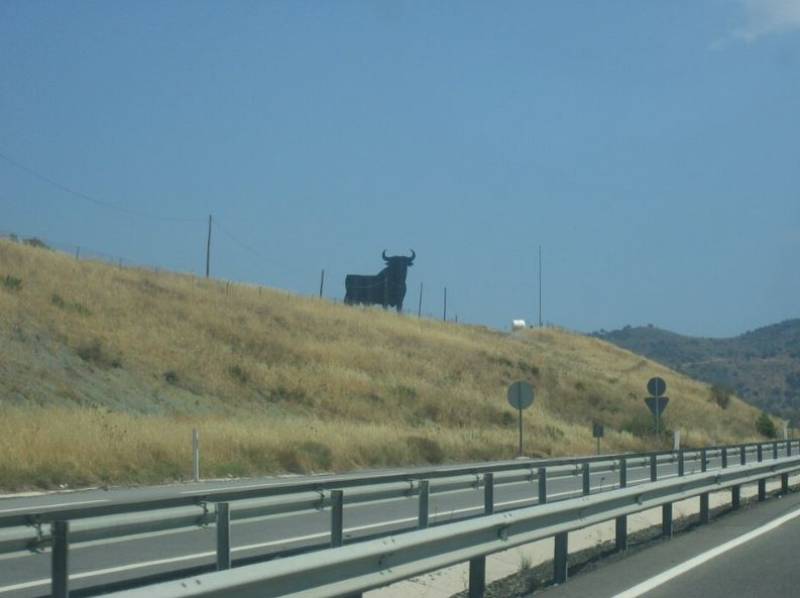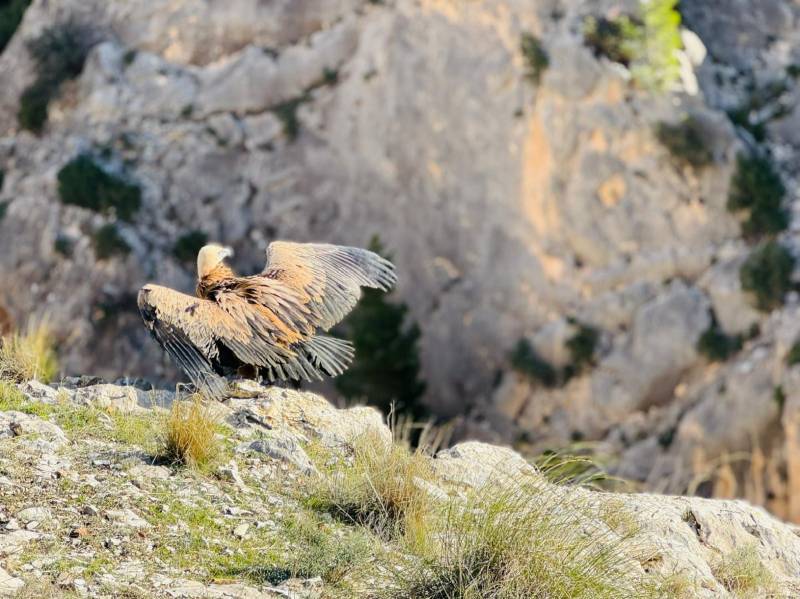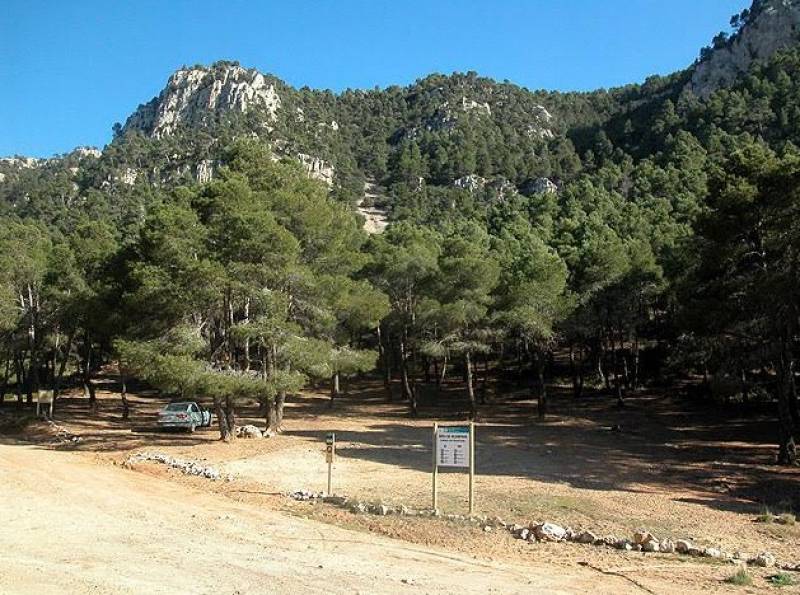
To be listed on the CAMPOSOL TODAY MAP please call +34 968 018 268.

Guidelines for submitting articles to La Manga Club Today
Hello, and thank you for choosing La Manga ClubToday.com to publicise your organisation’s info or event.
La Manga Club Today is a website set up by Murcia Today specifically for residents of the urbanisation in Southwest Murcia, providing news and information on what’s happening in the local area, which is the largest English-speaking expat area in the Region of Murcia.
When submitting text to be included on La Manga Club Today, please abide by the following guidelines so we can upload your article as swiftly as possible:
Send an email to editor@lamangaclubtoday.com or contact@murciatoday.com
Attach the information in a Word Document or Google Doc
Include all relevant points, including:
Who is the organisation running the event?
Where is it happening?
When?
How much does it cost?
Is it necessary to book beforehand, or can people just show up on the day?
…but try not to exceed 300 words
Also attach a photo to illustrate your article, no more than 100kb

There is one region of Spain that doesn't have those typical black bulls by the side of the road, symbol of the country
The enormous Osborne bull silhouettes can be found along roadsides all across Spain and first appeared way back in 1956

Mapa de España con la situación de los toros Osborne pic.twitter.com/yaa82ajkQ8
— Francisco Gómez de Tejada | arquitecto (@gomezdetejada) July 6, 2025
 The legal landscape surrounding these monuments became more complex in 1998, when legislation prohibited advertising along roadsides. This law has led to varying interpretations by regional governments about whether the Osborne Bull should be considered advertising or, as the Supreme Court concluded, an integral part of the national landscape.
The legal landscape surrounding these monuments became more complex in 1998, when legislation prohibited advertising along roadsides. This law has led to varying interpretations by regional governments about whether the Osborne Bull should be considered advertising or, as the Supreme Court concluded, an integral part of the national landscape.Sign up for the Spanish News Today Editors Roundup Weekly Bulletin and get an email with all the week’s news straight to your inbox
Special offer: Subscribe now for 25% off (36.95 euros for 48 Bulletins)
OR
you can sign up to our FREE weekly roundup!
Read some of our recent bulletins:
Discount Special Offer subscription:
36.95€ for 48 Editor’s Weekly News Roundup bulletins!
Please CLICK THE BUTTON to subscribe.
(List price 3 months 12 Bulletins)
Read more stories from around Spain:



































